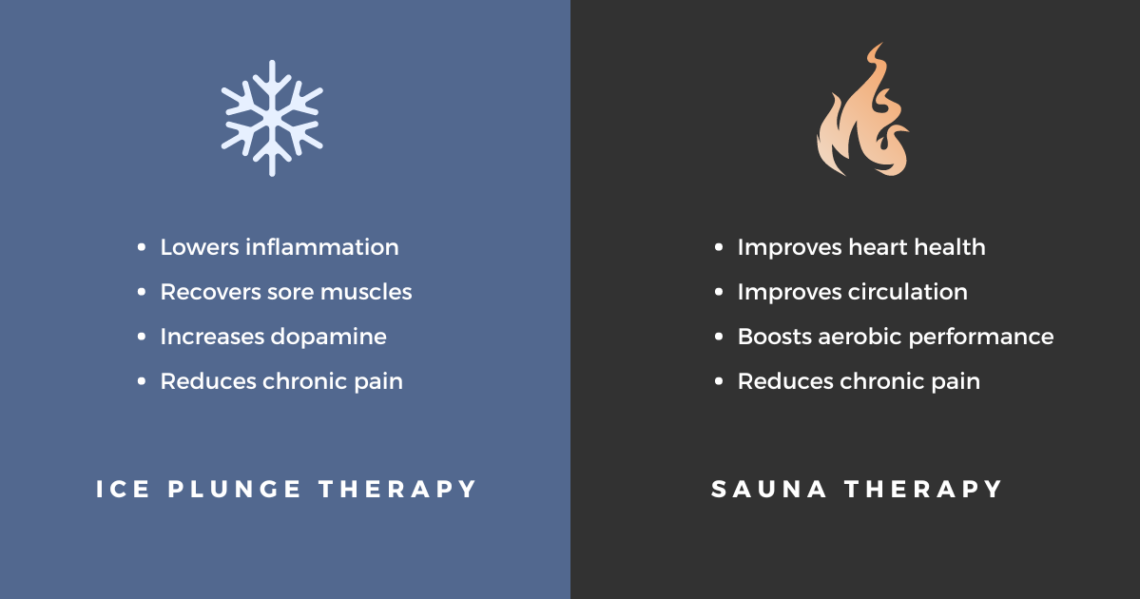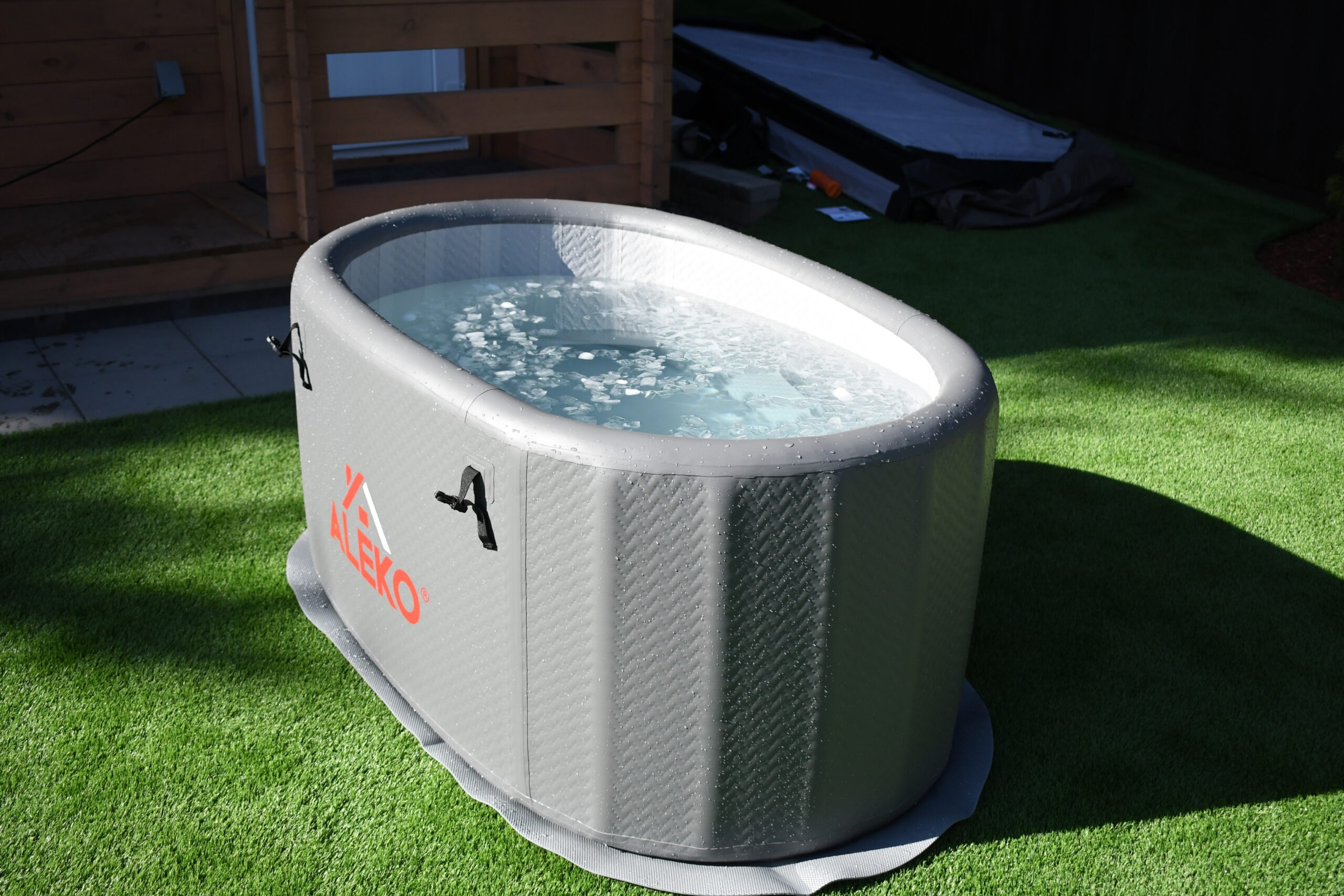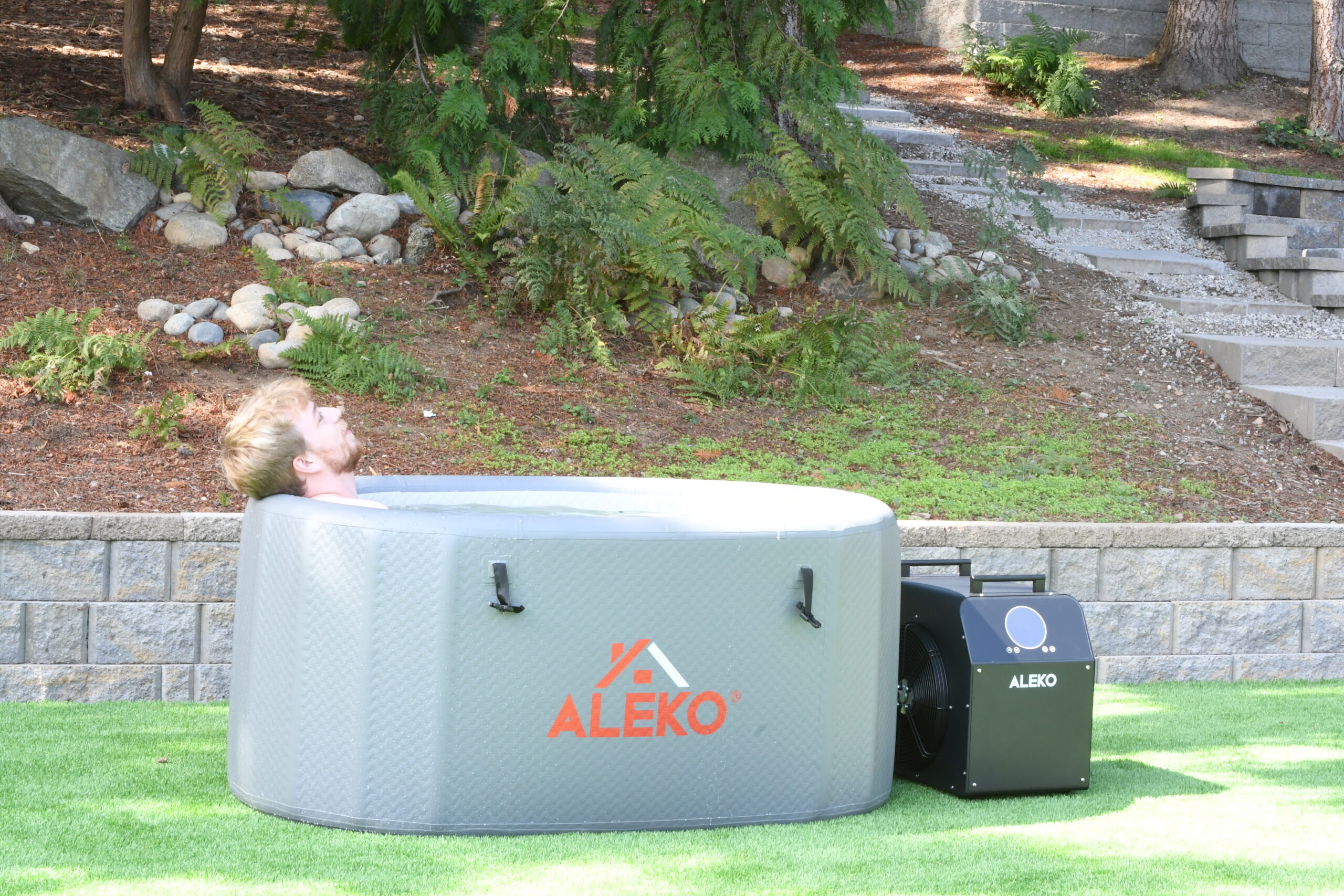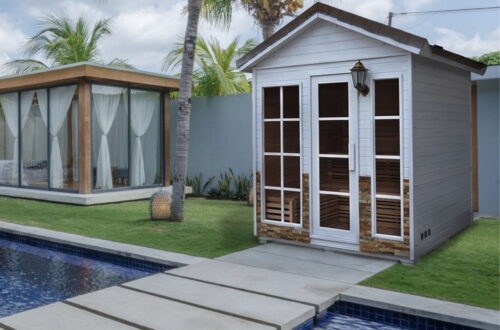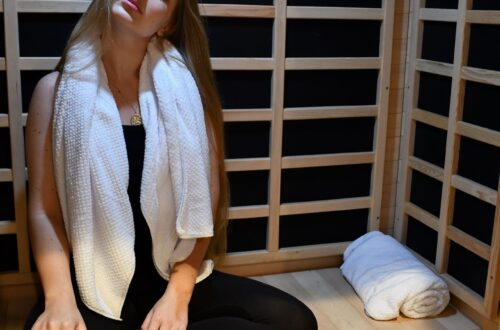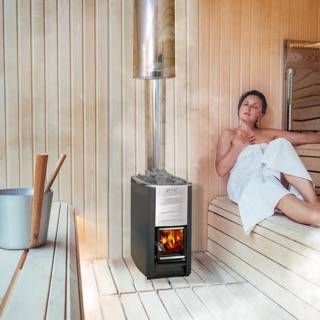In the wellness world, there’s always a debate brewing—whether it’s about the latest diet trend or the newest way to boost your immune system. Today, we’re diving headfirst into one of the hottest (and coolest) health debates: sauna vs cold plunge. Both are popular for their health benefits, but if you’re wondering which is better for your body, you’re not alone. Let’s explore the ins and outs of these practices, and by the end, you’ll be able to decide whether you’re more of a hot sauna devotee or a cold plunge enthusiast.
Sauna: A Time-Tested Tradition
Let’s start with the warm embrace of the sauna. Saunas have been around for centuries, with traditional saunas being a staple in countries like Finland. They rely on heat, usually dry, to help you sweat out toxins, relax your muscles, and clear your mind. How long should you sit in a sauna? It’s not uncommon for people to sauna for 10 to 20 minutes in a hot sauna after a workout or a stressful day, letting the heat seep into their bones.
Benefits of Sauna Use
- Muscle Relaxation: After a tough workout or long day, nothing quite compares to the feeling of stepping into a sauna. The intense heat helps relax tight muscles, promoting muscle relaxation and recovery. This is why athletes often turn to sauna therapy after exercise.
- Improved Blood Flow: One of the biggest benefits of sauna sessions is improved blood circulation. When you’re exposed to heat, your blood vessels dilate, allowing for better blood flow throughout your body. This can help reduce muscle soreness and improve overall heart health.
- Stress Reduction: Saunas are known to help with stress reduction. The calming effect of the heat, combined with the time spent relaxing, allows your mind to unwind, releasing tension that’s built up throughout the day.
- Detoxification: It’s no secret that when you sweat, your body is getting rid of toxins. Sauna helps you detoxify naturally by promoting heavy sweating, which can help flush out impurities from your skin and body. That’s why the sauna is great for your skin and overall health!
Types of Saunas
- Traditional Sauna: These saunas use dry heat to warm the air and your body. Temperatures can range from 150 to 195 degrees Fahrenheit.
- Infrared Sauna: Instead of heating the air around you, infrared saunas use light to warm your body directly, offering a gentler heat experience while still providing similar health benefits.
Cold Plunge: The New Wave of Wellness
Now, let’s take the temperature down a few notches—actually, a lot of notches—with the cold plunge. Cold plunging, also known as cold water immersion, has been growing in popularity thanks to influencers like Wim Hof, who advocate for the benefits of cold exposure.
Benefits of Cold Plunges
- Pain Relief: If you’re dealing with sore muscles, an ice bath or cold plunge might be just what the doctor ordered. Cold temperatures help reduce inflammation, making cold therapy ideal for pain relief after a tough workout or injury.
- Improved Circulation: Just like heat exposure, cold exposure also improves blood circulation. When your body is exposed to cold, your blood vessels constrict and then dilate as you warm up, promoting better circulation and faster muscle recovery.
- Mental Clarity: A cold plunge is invigorating, to say the least. The shock of cold water stimulates your nervous system, leading to increased alertness and mental clarity. You’ll be wide awake and ready to take on the world after just a few minutes in a cold plunge pool!
- Stress Relief: You’d think plunging into icy water would stress you out, but oddly enough, it has the opposite effect. The practice of cold plunging teaches your body to cope with stress more effectively, helping you build resilience against the mental and physical stresses of daily life.
Cold Plunge Therapy: How Does It Work?
A cold plunge involves immersing your body in cold water, typically between 50 and 60 degrees Fahrenheit, for a few minutes. Athletes often turn to cold water immersion after intense workouts to reduce swelling, speed up recovery, and relieve sore muscles.
Cold plunges can also be part of your daily wellness routine. You can opt for a cold shower or an ice bath at home to experience the benefits of cold exposure, or you can install a cold plunge pool for regular use. Some people even practice contrast therapy, alternating between a hot sauna and a cold plunge for added health benefits.
Sauna vs. Cold Plunge: Head-to-Head
So, now that you know the benefits of both saunas and cold plunges, how do they stack up against each other? Let’s break it down:
Pain Relief
- Cold Plunge: Best for immediate pain relief, thanks to its ability to reduce inflammation quickly.
- Sauna: Great for muscle relaxation and reducing tension over time.
Circulation
- Sauna: Promotes improved blood flow by dilating blood vessels during heat exposure.
- Cold Plunge: Boosts blood circulation by constricting and then expanding blood vessels, which is especially helpful after exercise.
Mental Clarity
- Cold Plunge: The cold shock wakes you up, leaving you feeling refreshed and mentally sharp.
- Sauna: A sauna session offers a more calming, meditative experience, helping you relax your mind.
Stress Reduction
- Cold Plunge: Builds resilience to stress by teaching your body how to handle cold exposure.
- Sauna: Offers a more traditional form of stress reduction, allowing you to unwind in the heat.
Detoxification
- Sauna: Sweating in a hot sauna helps detoxify your body by flushing out impurities.
- Cold Plunge: While cold therapy doesn’t help detox directly, it can promote faster recovery and reduce swelling.
Can You Combine the Two?
You don’t have to choose between the two extremes—hot and cold. In fact, many wellness experts recommend a combination of both sauna and cold plunge to maximize the benefits. This practice, often referred to as contrast bathing, involves alternating between hot and cold temperatures to stimulate circulation, reduce inflammation, and promote faster recovery.
Hot sauna cold plunge sessions are becoming increasingly popular among athletes and biohackers alike. The contrast between the heat of the sauna and the chill of the cold plunge creates a unique experience that can offer the best of both worlds. Just be sure to listen to your body and start slow if you’re new to the practice.
Which Is Better for Your Health?
Ultimately, when it comes to sauna vs cold plunge, there’s no one-size-fits-all answer. It depends on your personal preferences, health goals, and current physical condition. If you’re looking for pain relief and faster recovery after exercise, a cold plunge might be the better option for you. On the other hand, if you’re after stress reduction and muscle relaxation, spending time in a dry sauna or steam room could be more up your alley.
Conclusion: Time to Choose Your Wellness Path
Whether you’re team sauna or team cold plunge (or maybe you like a bit of both!), there’s no denying that these wellness practices can offer tremendous benefits. From boosting blood circulation to reducing stress and promoting recovery, both saunas and cold plunges are powerful tools for your health journey.
Ready to take the plunge—literally? Explore ALEKO’s range of luxury saunas, including the affordable outdoor saunas selection, and cold plunge pools to start reaping the benefits of both heat and cold therapy. Visit our website today to find the perfect setup for your wellness needs!
References
1 Mero, A., Tornberg, J., Mäntykoski, M., & Puurtinen, R. (2015). Effects of far-infrared sauna bathing on recovery from strength and endurance training sessions in men. SpringerPlus, 4, 321. https://doi.org/10.1186/s40064-015-1093-5
2 Laukkanen, Jari A., et al. (2015). “Association between sauna bathing and fatal cardiovascular and all-cause mortality events.” JAMA Internal Medicine, 175(4), 542-548. https://doi.org/10.1001/jamainternmed.2014.8187
3 Laukkanen, J. A., & Laukkanen, T. (2018). Sauna bathing and systemic inflammation. European journal of epidemiology, 33(3), 351–353. https://doi.org/10.1007/s10654-017-0335-y
4 Crinnion, W. J. (2011). “Sauna as a valuable clinical tool for cardiovascular, autoimmune, toxicant-induced, and other chronic health problems.” Alternative Medicine Review, 16(3), 215-225. https://pubmed.ncbi.nlm.nih.gov/21951023
5 Leeder, J., Gissane, C., van Someren, K., Gregson, W., & Howatson, G. (2012). Cold water immersion and recovery from strenuous exercise: a meta-analysis. British journal of sports medicine, 46(4), 233–240. https://doi.org/10.1136/bjsports-2011-090061
6 Costello, J. T., et al. (2015). “Whole-body cryotherapy (extreme cold air exposure) for preventing and treating muscle soreness after exercise in adults.” Cochrane Database of Systematic Reviews, 2015(9). https://doi.org/10.1002/14651858.CD010789.pub2
7 Kox, M., et al. (2014). “Voluntary activation of the sympathetic nervous system and attenuation of the innate immune response in humans.” Proceedings of the National Academy of Sciences, 111(20), 7379-7384. https://doi.org/10.1073/pnas.1322174111
8 Shevchuk, N. A. (2008). Adapted cold shower as a potential treatment for depression. Medical Hypotheses, 70(5), 995-1001. https://doi.org/10.1016/j.mehy.2007.04.052

